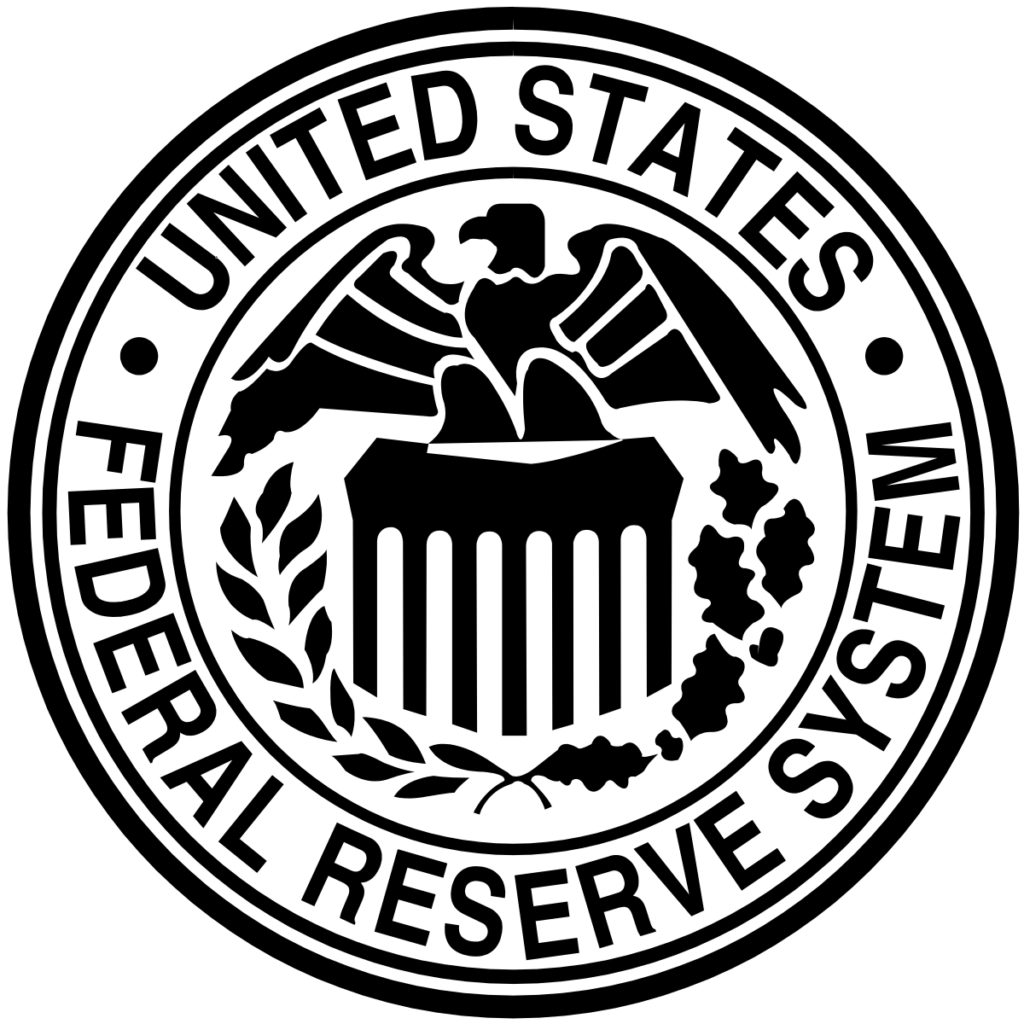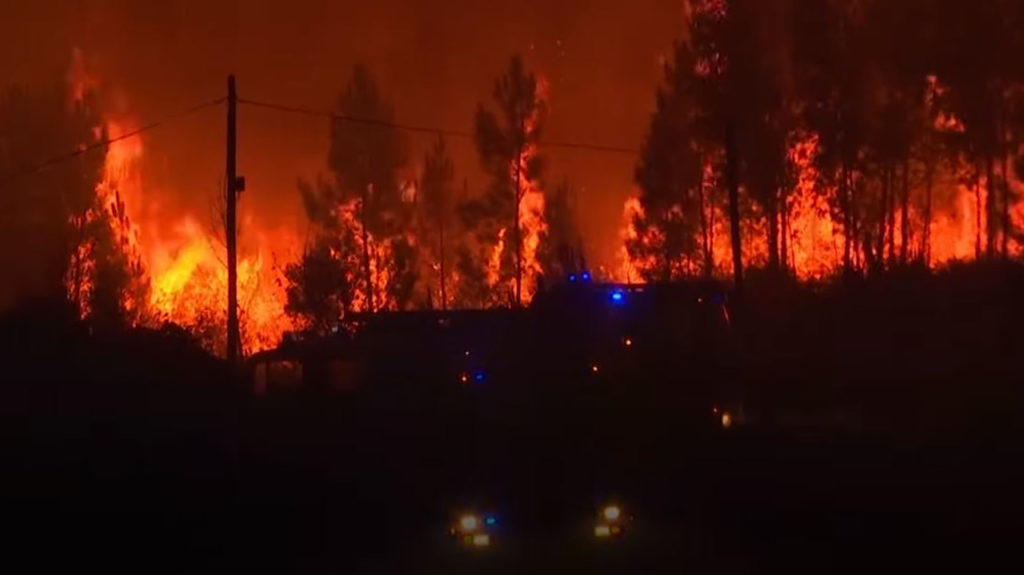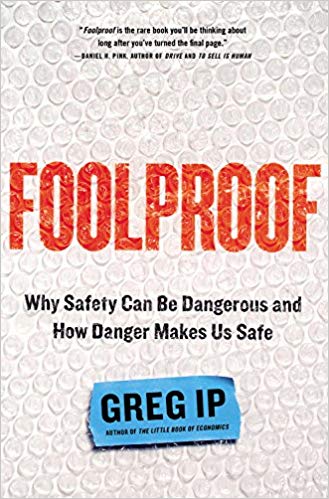Did you notice the weird stock market that emerged, Gorgon-like, from the Upside Down in December 2018?

We’re living this Stranger Things market because the Federal Reserve holds all the keys. The December 2018 panic – a 15 percent peak-to-trough drop in the S&P500 – scared all the adults so much that between January and July 2019 we’ve been living the chain reaction. When I say adults – in my analogy – I mean the Federal Reserve, which sets short-term interest rate policy.
The July 30-31stmeeting of the Federal Reserve this week may (or may not!) resolve this Upside Down world. By Upside Down I mean all traditional good news for the economy is bad for stocks, because interest rates might stay the same or go up, which could in turn tank the market. Bad news for the economy, on the other hand, is good, because the Fed could cut rates and therefore juice markets further.
Got it? It’s the Upside Down. Love is Hate, No is Yes, War is Peace. I’ll come back to that upcoming Federal Reserve meeting, but first…
I have a weakness for counter-intuitive truths, contrarian wisdom, and oxymoronic statements, especially when it comes to money and markets. This week’s summer reading was Wall Street Journal reporter and economist Greg Ip’s 2015 book Foolproof: Why Safety Can Be Dangerous and How Danger Makes Us Safe
Of course I would fall for a book with the subtitle “Why Safety Can Be Dangerous, and How Danger Makes Us Safe.”
Ip’s main point is that when we act to reduce risks in one place today, we may create greater risks for tomorrow. Or we may unknowingly create risks for other people, in unexpected ways or places. When we seek perfect stability or the absence of volatility, we create unstable systems. Ip cites mid-twentieth century economist Hyman Minsky, who summarized this big idea as “stability is destabilizing.”
A few analogies Ip employs:
- Suppressing natural forest fires on national park land may, ironically, create the conditions for uncontrollable wildfires in the future. Small controlled burns, by contrast, reduce the chance of big conflagrations.
- The introduction of padded helmets in professional football may have increased the risk of both brain and bodily injury in players, because bigger and faster players tackle head first. Rugby players, by contrast, don’t suffer the same types of brain and spinal injuries because they don’t play with the same head-first recklessness that helmets encourage.
- Our reaction to catastrophic-seeming risks like airline crashes and nuclear power plant meltdowns can increase risky behavior – like driving more, or shifting to other, long-term deadlier energy sources.
- The Federal Reserve historically has attempted to lower the risk of big blowups by inducing smaller economic slowdowns, like setting a controlled burn to reduce the chance of a big out-of-control forest fire.
As an economist, Ip urges us to think about how seemingly risk-reducing behavior can, counter-intuitively, create greater risks in the future. The attempt to smooth over all dangers completely can make an entire whole system riskier, or create unanticipated risks later on.
To prevent this, in macroeconomic terms, the Federal Reserve often attempts to play a key role in setting a controlled fire, in order to prevent an uncontrolled wildfire. William McChesney Martin, former Federal Reserve Chairman (1951-1970) classically described this action as “take away the punch bowl just as the party gets going,” by raising rates when the economy gets too strong. This sounds good in theory, although it’s always controversial and based on guesswork when implemented in real life.
Incidentally – about that July 30-31stFederal Reserve meeting – markets clearly anticipate a rate cut. Which also strikes me as something coming from the Upside Down.
With risky asset prices (real estate, stock market indexes) at an all-time high and unemployment at a 50-year low, the traditional macroeconomic case for a Fed interest rate cut in July 2019 is – in a word – absent.

In the past, we’d expect a rate hike, not a rate cut, under these booming economic conditions. The Fed would seek to set a controlled burn now, in order to prevent a massive forest fire later. Interest rate cuts, by contrast, were a rarely-used emergency tool for cushioning against recession, boosting confidence in the face of tight lending or adverse shocks to the economy. None of that is apparent now.
Under similar situations of asset price inflation and low unemployment – 1991, 2000, 2006 – the discussion was always about raising interest rates. By classic standards, a rate cut at the end of this month seems insane. But what the heck do I know? It’s just what markets currently expect in our Stranger Things economy.
The Personal Investments Application of This Idea
By the way, moving from macroeconomic theory to personal investments, I think the most important application of Ip’s thesis – although he never spells it out in his book – is in our personal asset allocation choices.
Specifically, should we choose “dangerous” assets like stocks, or “safe” assets like bonds and annuities? Because the perceived riskiness or safety of these assets seems clear in the short term, but counter-intuitively flips in the long term.

The truly dangerous investment– if we’re talking about a long-term project like living comfortably in retirement – comes from “safe” seeming assets like bonds and annuities. For middle-income folks, the true investment danger is that we will outlive our money, a danger that bonds and annuities tend to aggravate rather than alleviate.
Stocks, when given decades to grow, – and diversified, of course – tend to lower our personal risk of outliving our money. In order to be safe in retirement, we need to choose risky in our investments.
Please see related posts
All Bankers Anonymous Book Reviews In One Place
Post read (361) times.

